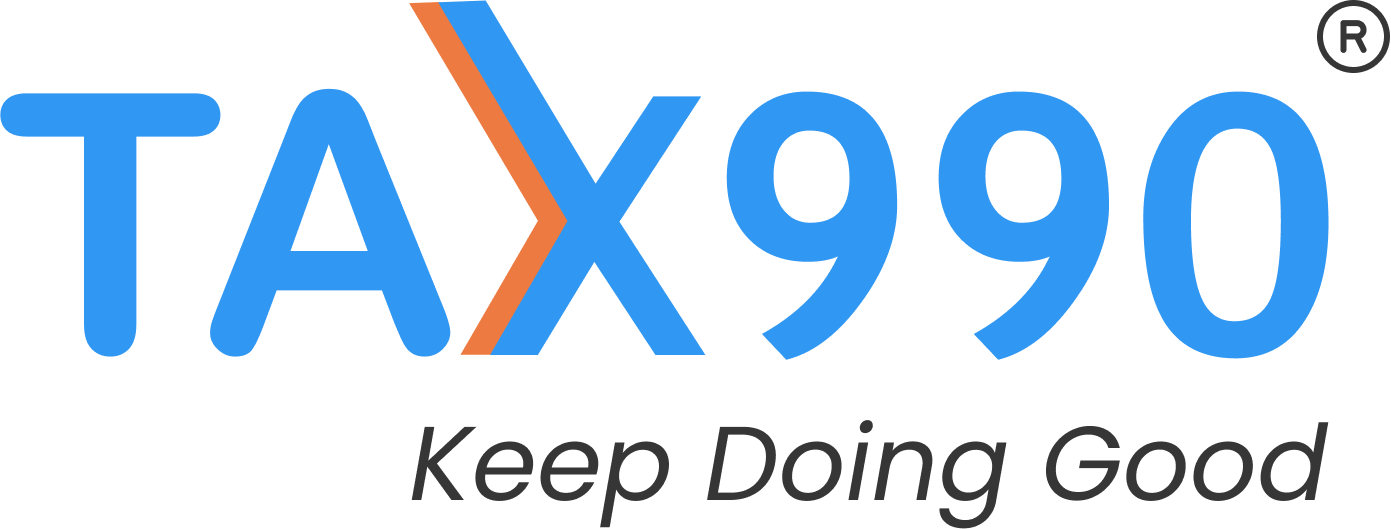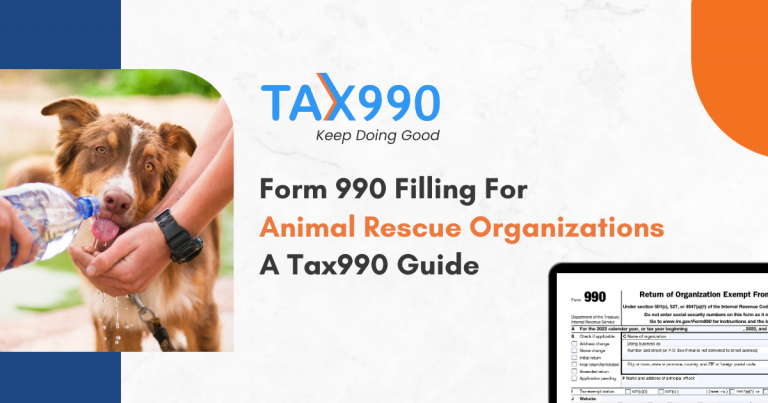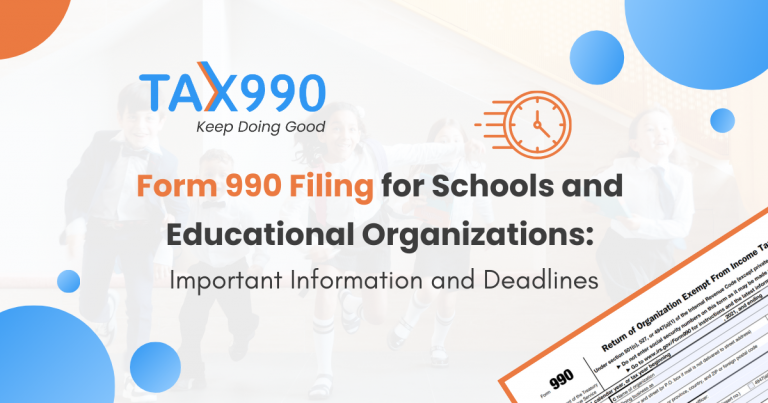Estimated reading time: 16 minute(s)

As a nonprofit organization, you are 100% dedicated to your mission and bettering your community. As the leader of the organization, you probably have many unofficial titles and endless responsibilities. At Tax990, we understand that “tax preparer” is an unofficial title that can be beyond daunting.
There is a common misconception that because nonprofit organizations don’t pay taxes, their IRS filing requirements can’t be too complicated. This couldn’t be more false! While nonprofit organizations aren’t taxed like a typical business entity, they are held to strict reporting requirements by the IRS.
Without filing their 990 returns accurately and on time every year, they can be penalized and charged fees. Worst case scenario, nonprofits that fail to file for three consecutive tax years can be stripped of their tax-exempt status completely, this is called automatic revocation.
Form 990 can be intimidating when you’re just starting out, or if you’re taking charge of this administrative task for your organization. Don’t worry, our team spends A LOT of time with Form 990, so we’re bringing you our 5-minute overview!
Now, let’s take apart this intimidating tax form and break it down into more manageable bites. We’re summing it up part by part.
Part I: A Brief Overview
Part I of Form 990 serves as an executive summary of your organization’s vital information. It provides a snapshot of your nonprofit’s activities, governance, revenue, and expenses. Think of it as the cover letter for your annual report.
Lines 1-7b: Your Mission and Governance
In this section, you’ll go into detail about your organization’s mission and activities. Share what your nonprofit stands for and how it operates. Additionally, outline the roles and responsibilities of your governing body—the individuals who guide your organization’s journey. This is most likely your board members, executive director, etc.
Lines 8-12: Total Revenue
These lines summarize your organization’s total revenue at both the beginning and end of the year, categorized by various sources. It’s a high-level view of the funds that are flowing into your organization.
Lines 13-19: Total Expenses
Just as with revenue, these lines detail your expenses at the beginning and end of the year, broken down into different expense categories. It’s an essential part of understanding your financial health. It shows the IRS a “before” and “after” of your organization’s tax year at a glance.
Lines 20-22: Net Assets or Fund Balances
These values are like the grand total in a financial report and are automatically calculated based on the information you provide in Part X. Don’t worry; we’ll get to Part X later.
Part II: Signature Block
The IRS doesn’t require a physical signature when e-filing on behalf of your organization. Instead, you’ll type in the name of the officer and their title within the organization. The date is auto-generated when you transmit the form. If you’re a paid preparer, your details will be generated automatically based on your Tax990 account information.
Part III: Mission and Accomplishments
Part III is where you get to showcase your organization’s mission and accomplishments in detail. It’s the heart of Form 990, providing a narrative of how you operate and utilize funds to fulfill your mission.
Line 1: Mission Statement
Start by describing your organization’s mission as expressed in your mission statement. If you haven’t formalized a mission statement, you can simply state “none.” However, having a clear mission statement is a powerful tool for conveying your nonprofit’s purpose.
Lines 2-3: Changes and New Programs
Here, you can indicate if there have been any changes in your program services compared to the previous year’s return. It’s an opportunity to highlight growth and evolution in your organization’s work.
Line 4: Major Program Service Accomplishments
This is where you delve into the details of your three major program service accomplishments throughout the year. But what exactly are program services?
They’re the activities your organization undertakes to fulfill its mission. Think of things like pet adoptions, educational outreach programs, rehabilitation, or publishing newsletters. These are the core activities that drive your nonprofit’s purpose.
Program service activities should be determined by the three programs with the highest expenses (excluding donated services or materials, equipment, or facilities). If your organization has three or fewer activities, list them all.
The purpose of Part III is to paint a vivid picture of your nonprofit’s work and how you’re using funds to make a difference. It’s a chance to show your donors, supporters, and the IRS the impact you’re having in your community or on your chosen cause.
Wrapping it up – What are the Key Takeaways?
So, there you have it—a breakdown of Form 990, Part I to Part III. Remember, while it may seem complex at first, it’s a crucial tool for nonprofits to report their activities, finances, and accomplishments transparently. With a bit of patience and attention to detail, you’ll navigate Form 990 with confidence. Visit us here for more information about filling out Form 990!
Plus, the Tax990 team is here to help! We designed our application to provide a seamless transition away from the traditional process of filing paper forms and relying on manual calculations.
Our user-friendly interface offers two options for entering information: you can either input data directly onto the form (Form-based) or provide information as prompted to generate your return (Interview-based).
We provide auto-calculations throughout the 990 filing process and our Audit feature uses the IRS Business Rules to check your form for accuracy. Plus, you can share your return with your team and board members to review and approve before you file.
Stay tuned for the next installment, where we will tackle the next parts of the 990! In the meantime, create your free Tax990 account and begin to add your organization’s information!
Check out this video to learn how to get started!




